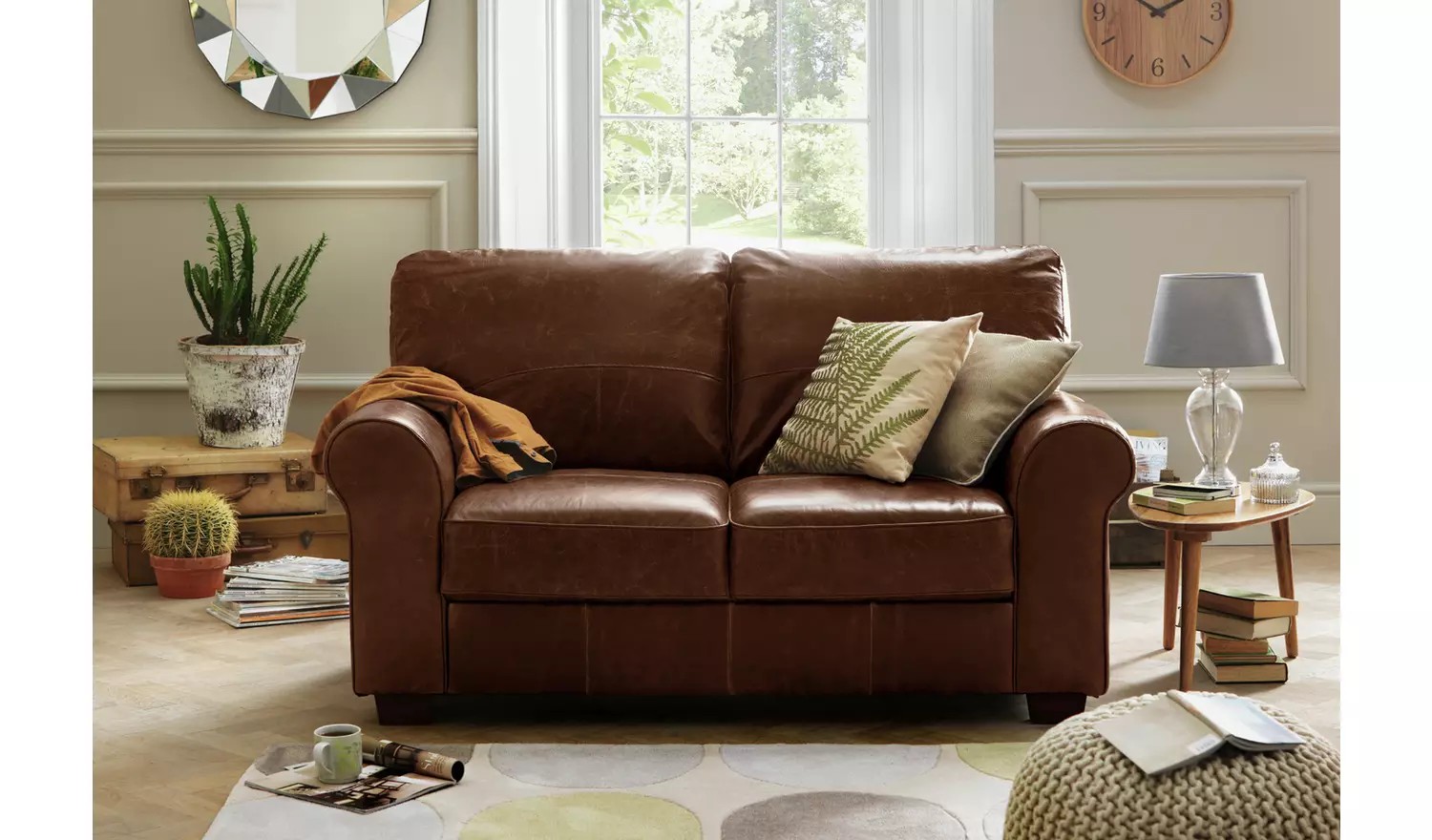
Leather furniture is a timeless investment, adding a touch of elegance and comfort to any space. But to keep it looking its best, regular care and maintenance are key. Whether you’re new to leather furniture or just want to ensure you’re doing things right, this guide will walk you through everything you need to know to keep your leather looking luxurious for years to come.
1. Regular Cleaning: The Foundation of Leather Care
To maintain that rich, supple feel, start with the basics—regular cleaning.
Dust and Vacuum Weekly: Dust and dirt can settle into the grain of the leather, leading to wear and tear over time. Use a soft cloth or a vacuum with a brush attachment to gently remove debris. This simple step goes a long way in preserving the leather’s natural beauty.
Wipe Down with Care: Once a week, give your leather a gentle wipe down with a damp (not wet!) microfiber cloth. Avoid soaking the leather, as too much moisture can lead to damage. This keeps the surface clean and free from any build-up.
2. Deep Cleaning: A Monthly Ritual
Deep cleaning your leather furniture once a month (or as needed) helps keep it looking fresh and new.
Choose the Right Leather Cleaner: Not all leather is the same, so it’s important to pick a cleaner that matches your furniture type. Before you go all in, test it on a hidden spot to make sure it doesn’t discolor the leather.
Apply with Gentle Circular Motions: With a soft cloth, apply the cleaner using circular motions, working it gently into the leather. Remember, leather is tough but not invincible—so no scrubbing too hard!
Wipe and Dry: Once you’re done, wipe away any residue with a clean, damp cloth, and then dry the surface with a soft towel. Voila! Your leather should look as good as new.
3. Conditioning: Keep It Supple
Conditioning is crucial to prevent your leather from drying out and cracking.
Condition Every 3-6 Months: Just like our skin, leather needs moisture. Use a conditioner suited to your leather type, applying it with a soft cloth. Let it absorb for a few minutes.
Buff to Shine: After conditioning, take a clean, dry cloth and buff the leather to bring out its natural shine. Your furniture will look refreshed and feel softer to the touch.
4. Handling Stains and Spills: Don’t Panic!
Accidents happen, but with leather, quick action can save the day.
Blot, Don’t Rub: If you spill something on your leather furniture, grab a dry cloth and blot the area immediately. Rubbing will only push the stain deeper into the leather, making it harder to remove.
Mild Soap for Minor Stains: For light stains, a mixture of mild soap and water can work wonders. Dampen a cloth with the solution, gently clean the area, and wipe off any residue with a damp cloth. Always dry the area thoroughly afterward.
Call in the Pros for Tough Stains: Some stains are too stubborn to handle on your own. In these cases, it’s best to consult a professional leather cleaner to avoid causing further damage.
5. Protecting Your Leather: Prevention is Better Than Cure
A little prevention goes a long way in preserving the quality of your leather furniture.
Keep It Out of the Sun: Direct sunlight can fade and dry out leather over time. Position your furniture away from windows or use curtains to shield it from the sun’s harsh rays.
Avoid Heat Sources: Heat is a big no-no for leather. Keep your furniture away from radiators and fireplaces to prevent it from drying out and cracking.
Use a Leather Protectant: Applying a leather protectant spray, especially in high-traffic areas, can add an extra layer of defense against spills and stains.
6. Handling Scratches: DIY Fixes
Scratches on leather can be frustrating, but they’re often easy to fix.
For Minor Scratches: Try rubbing the scratch gently with your finger. The natural oils from your skin can help blend the scratch into the leather, making it less noticeable.
Use a Leather Repair Kit: For more significant scratches, invest in a leather repair kit. These kits usually come with fillers and colorants that match your leather, helping you fix the problem without a trip to the professionals.
7. Regular Inspection: Catch Problems Early
It’s easy to forget about maintenance until something goes wrong. Regularly inspecting your leather furniture helps you catch issues before they become major problems.
Look for Wear and Tear: Keep an eye out for signs of wear, like cracks or fading. Addressing these issues early can prevent them from getting worse.
Tighten and Repair: If you notice any loose seams or minor tears, get them fixed as soon as possible. A quick repair can save you from a more significant problem down the line.
8. Professional Maintenance: The Annual Check-Up
Just like you see the doctor for an annual check-up, your leather furniture deserves a little professional TLC every now and then.
Consider Professional Cleaning: Having your leather furniture professionally cleaned once a year, especially if it’s in a high-use area, can help maintain its appearance and longevity. Professionals can tackle deep-seated dirt and tough stains, leaving your leather looking revitalised.
Final Thoughts
Leather furniture is a beautiful addition to any home, but it does require a bit of TLC to keep it looking its best. With regular cleaning, proper conditioning, and a little preventive care, you can ensure your leather furniture remains a cherished part of your home for years to come. Follow these steps, and your leather will continue to impress with its timeless elegance and enduring comfort.